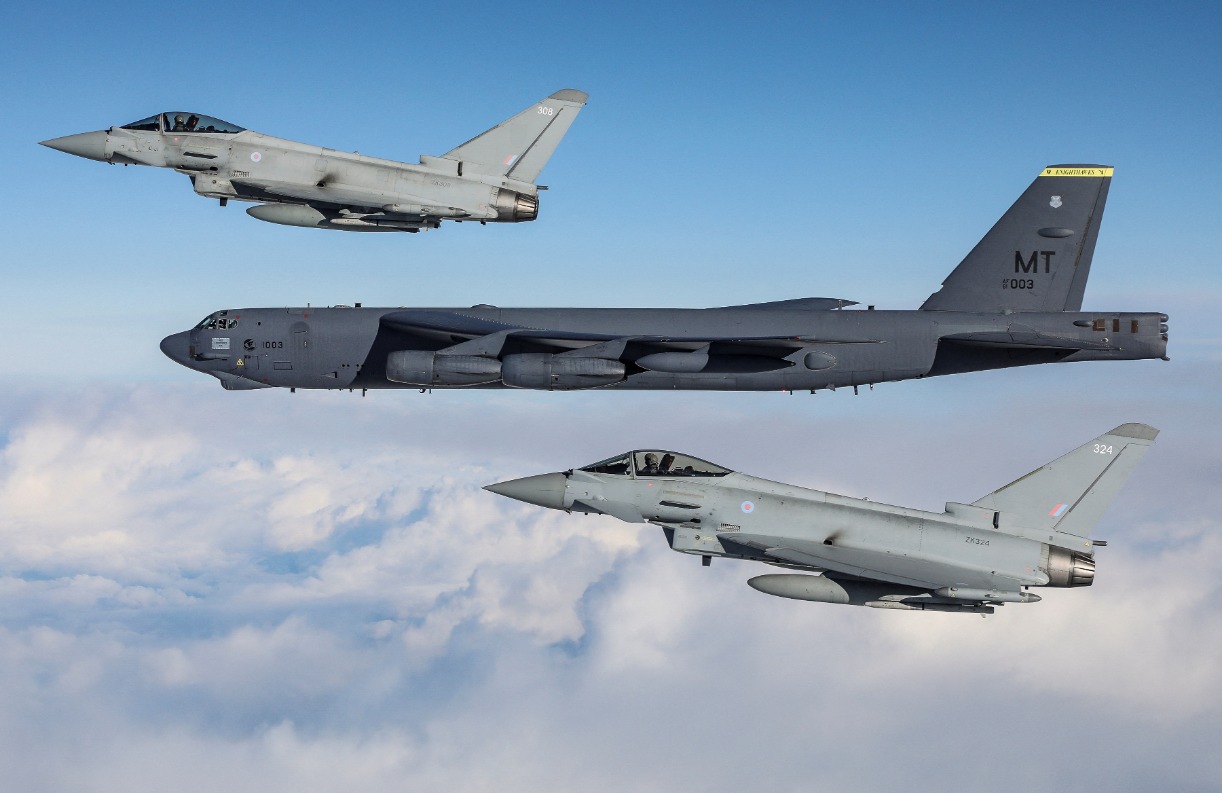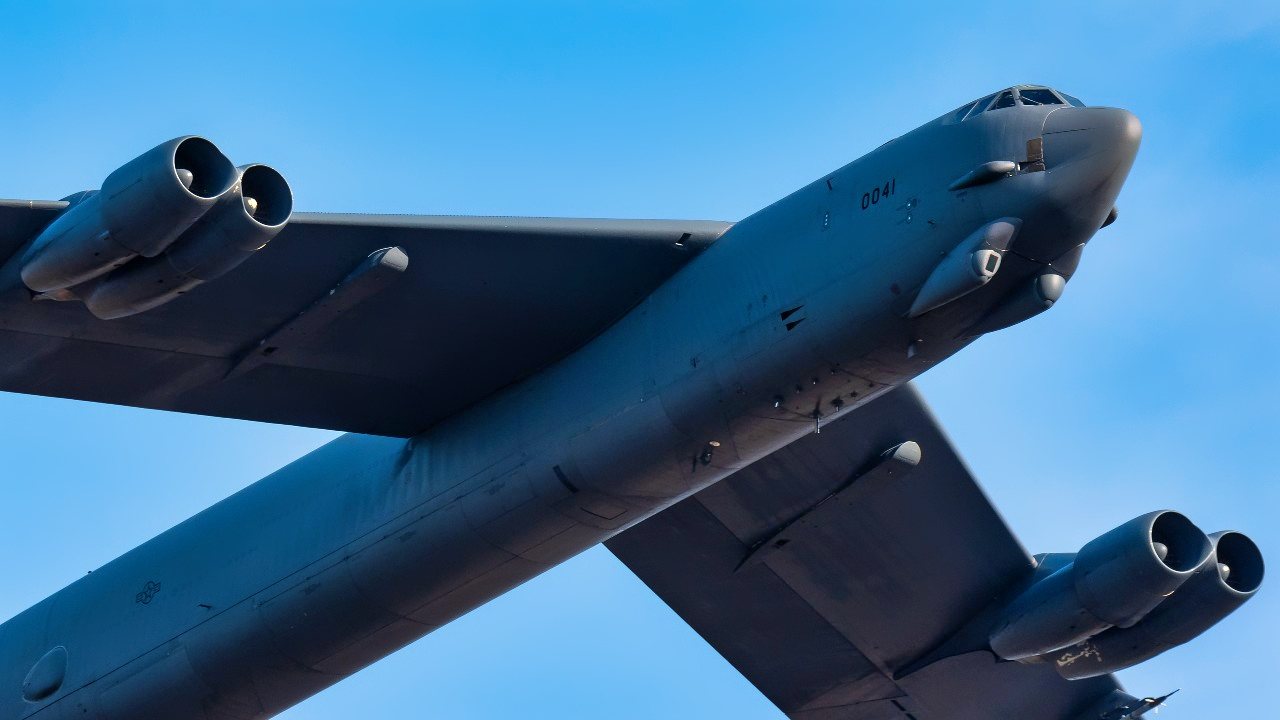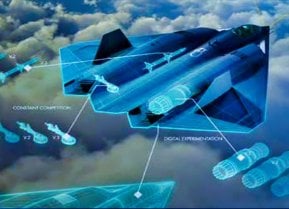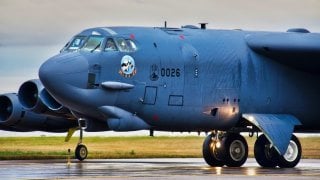B-52J: The New U.S. Air Force Bomber That Will Smash Smash Anything
The B-52J is the latest American-made platform to suffer from delays, according to the Government Accountability Officer. But this bomber looks very much worth the wait.
The B-52J is the latest American-made platform to suffer from delays, according to the Government Accountability Officer.

Like the Columbia-class submarines, Ford-class aircraft carriers and Constellation-class frigates, the new and improved Air Force bomber won’t reach initial operational capability until later than planned.
Due to issues surrounding the aircraft’s new engines and radar, the bomber won’t be introduced to service until 2033 at the earliest.
While this delay is unfortunate, the fact that the seventy-plus year-old bomber is being revamped to remain in service for longer is notable. In fact, once the B-52J is introduced, it could very well fly for a full 100 years.
Introducing the B-52Stratofortress
The Air Force’s need for a strategic bomber capable of carrying out missions without relying on bases controlled abroad emerged in the aftermath of the Second World War. During this time frame, the Air Material Command outlined that the new platform would have to fulfill certain cruise, altitude and combat radius requirements. By the time the “Stratofortress” was conceptualized and constructed, the Cold War between the U.S. and USSR was in full swing. Pretty instantly, the B-52 bomber became an icon of America’s Cold War deterrent as it could overwhelm Soviet defenses with its high subsonic speeds and unmatched electronic countermeasures.
Over the last seven decades, several Stratofortress variants have been introduced in order for the platform to retain an edge over its competitors. The B-52H model sports the latest enhancements, including an increased weapons payload of more than 70,000 pounds, the CONECT combat network program and new electronic countermeasures. In terms of armaments, the B-52H is fitted with eight AGM-84 Harpoon missiles, four AGM-142 Raptor missiles, a range of conventional air-launched cruise missiles, joint stand-off weapons, joint direct-attack munitions and wind-corrected munitions.
What weapons will the B-52J carry?
While this weapons package is already hefty, the upcoming B-52J bomber will be even more lethal. According to Defense News, the new prototype will be fitted with “everything from gravity bombs that provide “affordable mass,” to cruise missiles for carrying out strikes beyond the range of enemy air defenses, to precision-guided munitions and highly specialized, “exquisite” weapons like hypersonics.” This hypersonic attack cruise missile (HACM) is able to reach speeds in excess of Mach-5.0 (times the speed of sound), making it very challenging for its adversaries to shoot down.
Other improvements being made to the new Stratofortress variant:
B-52 variants have historically been powered by Pratt & Whitney TF-33 engines. The B-52J is set to feature new Rolls Royce F130 engines derived from the manufacturer’s BR family of commercial engines that currently power a variety of airframes across the globe.
Switching out engines may not appear to be a massive endeavor, but incorporating the F130 engines would not be possible without the use of state-of-the-art digital engineering tools.

As previously explained by Peter Suciu, “Rolls-Royce created digital maps of the massive bombers, which allowed engineers to map models of the new engines to conclude how these would interact with other components and systems. It further involved the two companies trading digital models to aid engineers, who could ensure that the F130 would fit precisely inside the B-52 nacelles while also determining where newly added components could be placed.”
Equipped with these enhancements, the new B-52J will be able to provide formidable deterrence for the U.S. alongside the Air Force’s up and coming B-21 “Raider” stealth bomber airframes once introduced.
About the Author: Maya Carlin, Defense Expert
Maya Carlin, National Security Writer with The National Interest, is an analyst with the Center for Security Policy and a former Anna Sobol Levy Fellow at IDC Herzliya in Israel. She has by-lines in many publications, including The National Interest, Jerusalem Post, and Times of Israel. You can follow her on Twitter: @MayaCarlin.
All images are Creative Commons and/or Shutterstock.


